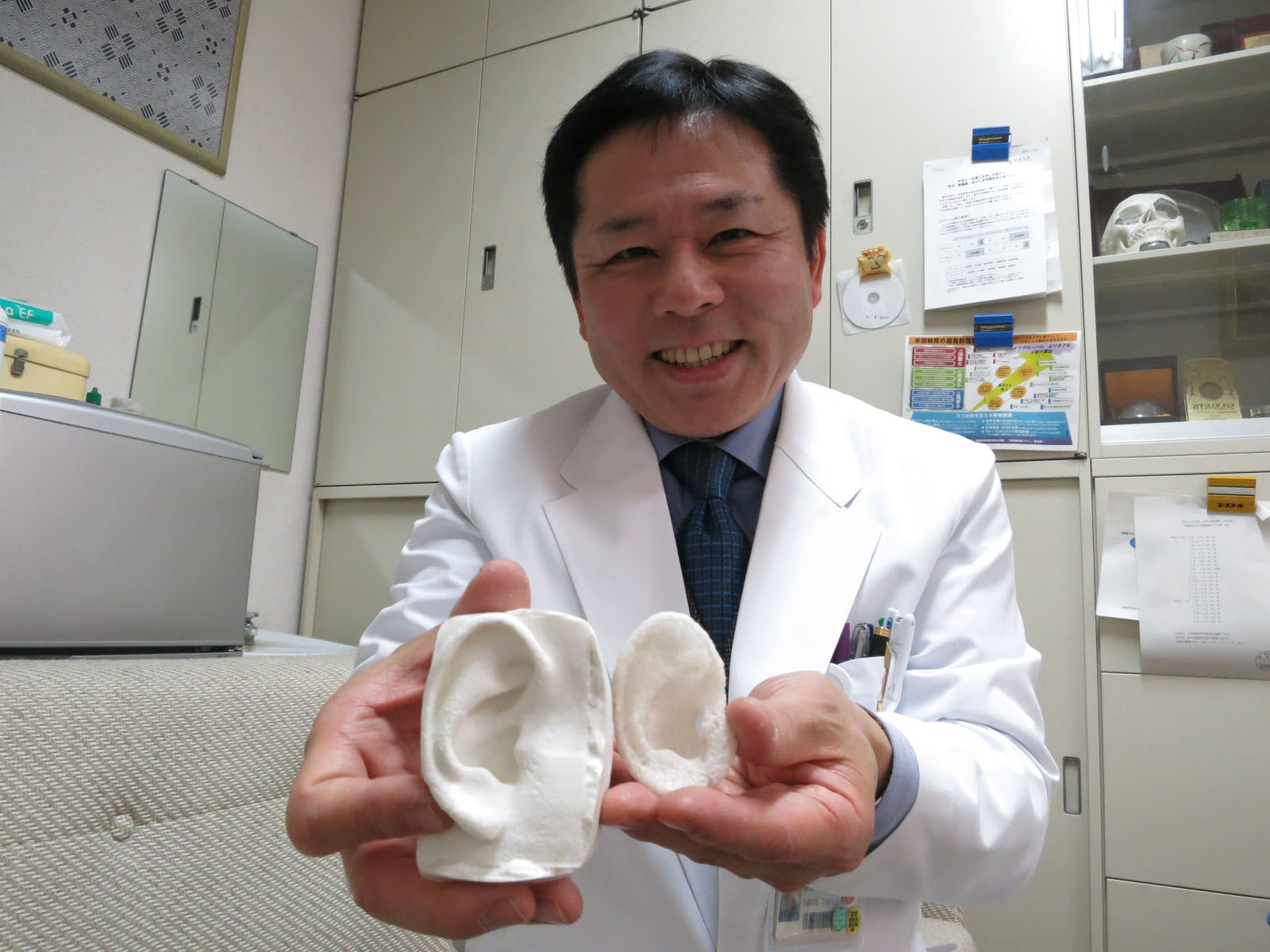As public expectations for regenerative medicine mount, scientists are turning to the vast potential of 3-D printing technologies in their quest to re-create skin, blood vessels, cartilage and other complex human tissue.
Technological hurdles still abound in efforts to copy life-size organs, including the liver and kidneys, but the regenerative medicine industry is expected to grow dramatically in the coming decades. And the Japanese government is eager to promote its expansion.
"Using Japan's advanced technology to create 3-D tissues with cells, we aim to (put) innovative products for regenerative medicine . . . into practical use ahead of other countries. This will strengthen our international competitiveness," the New Energy and Industrial Technology Development Organization (NEDO), a Kanagawa-based semi-public body, said in a statement in November.



